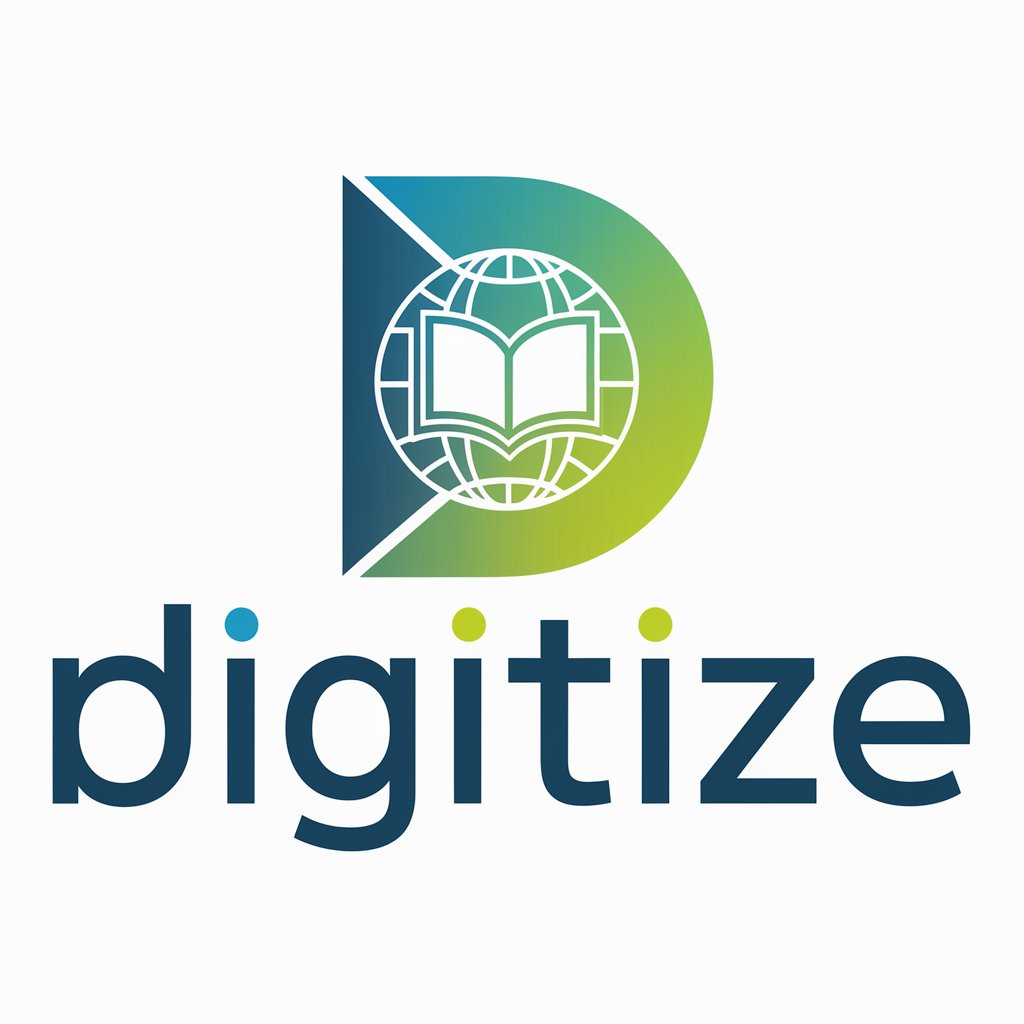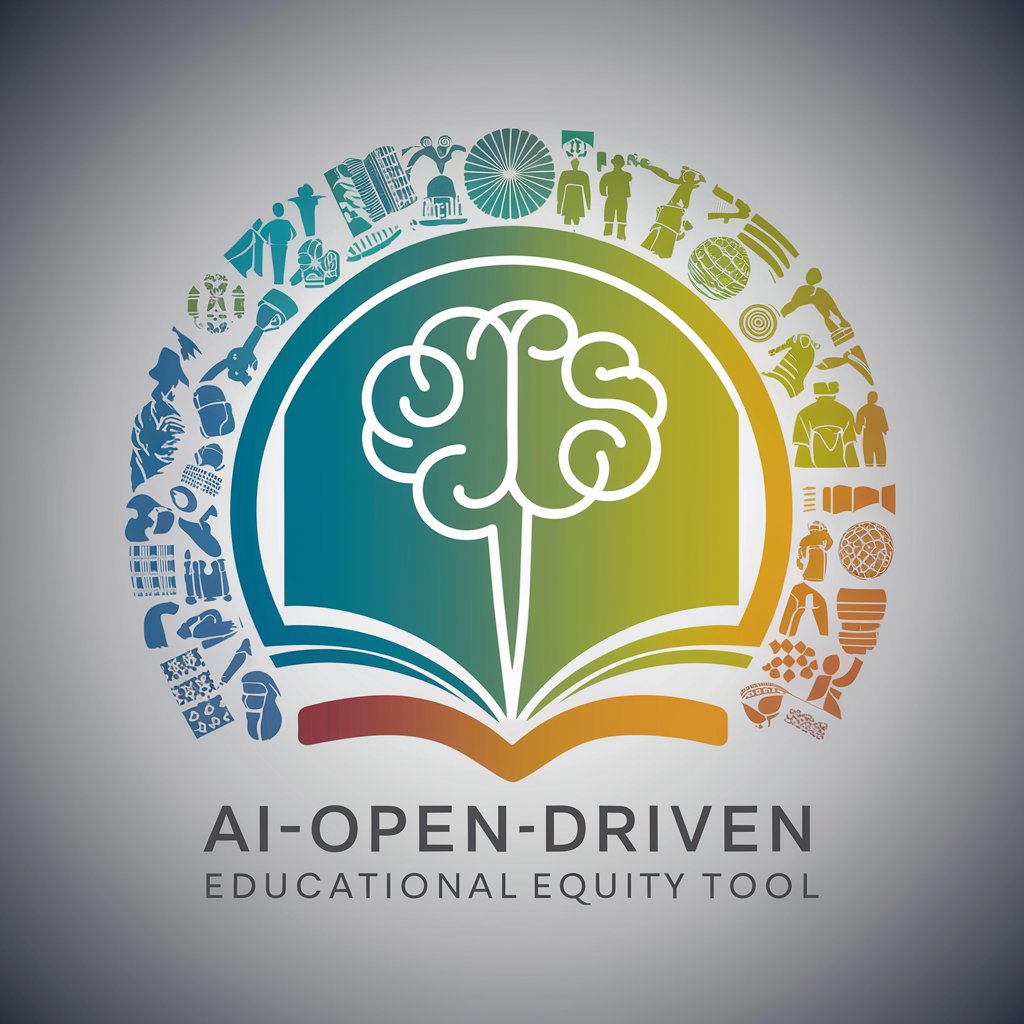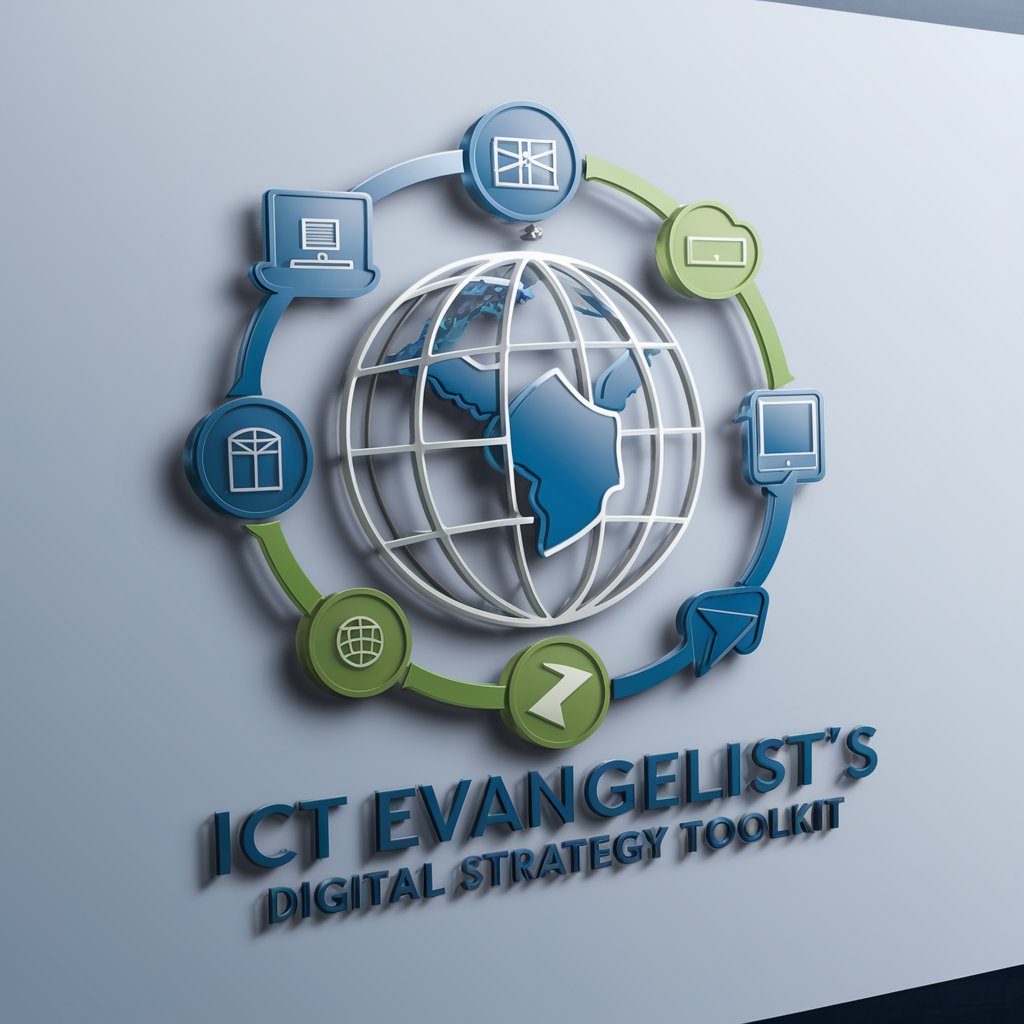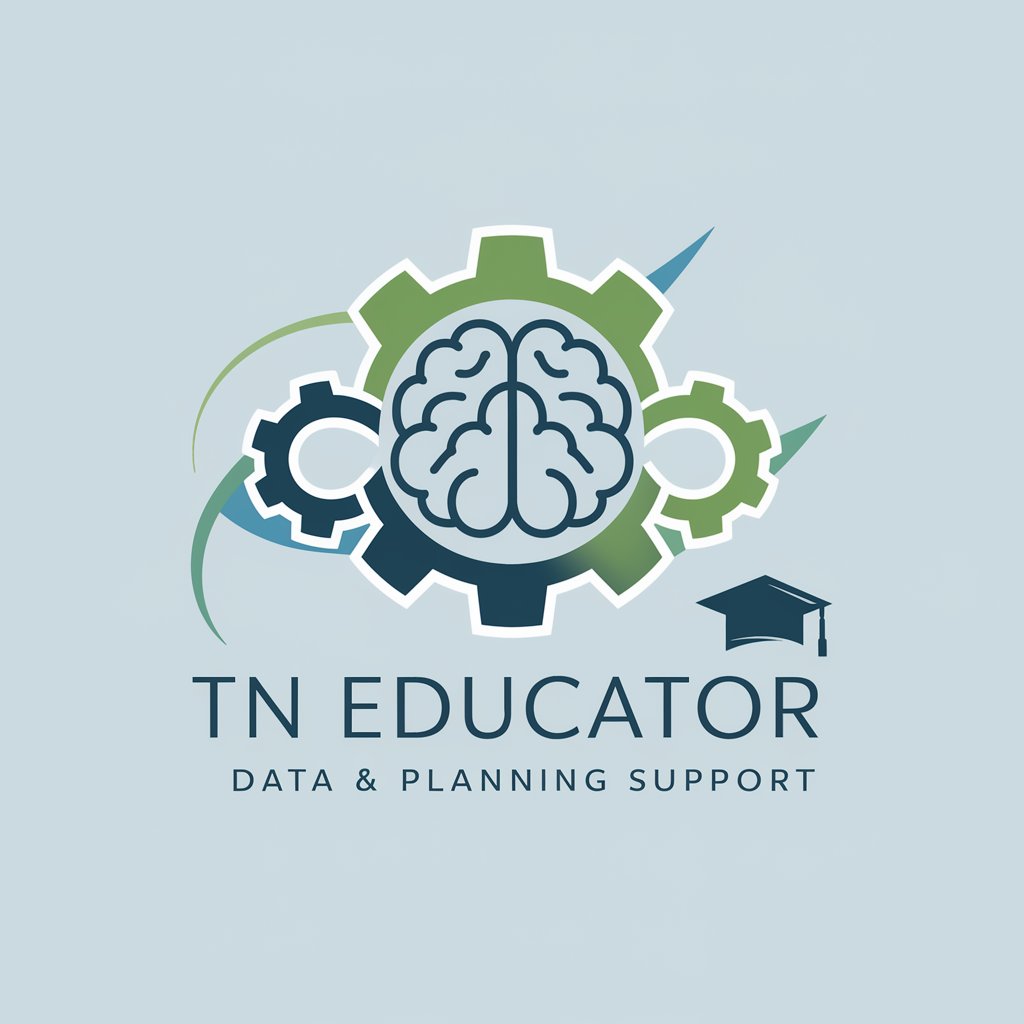
Digital Equity Planning - Digital Inclusion Tool
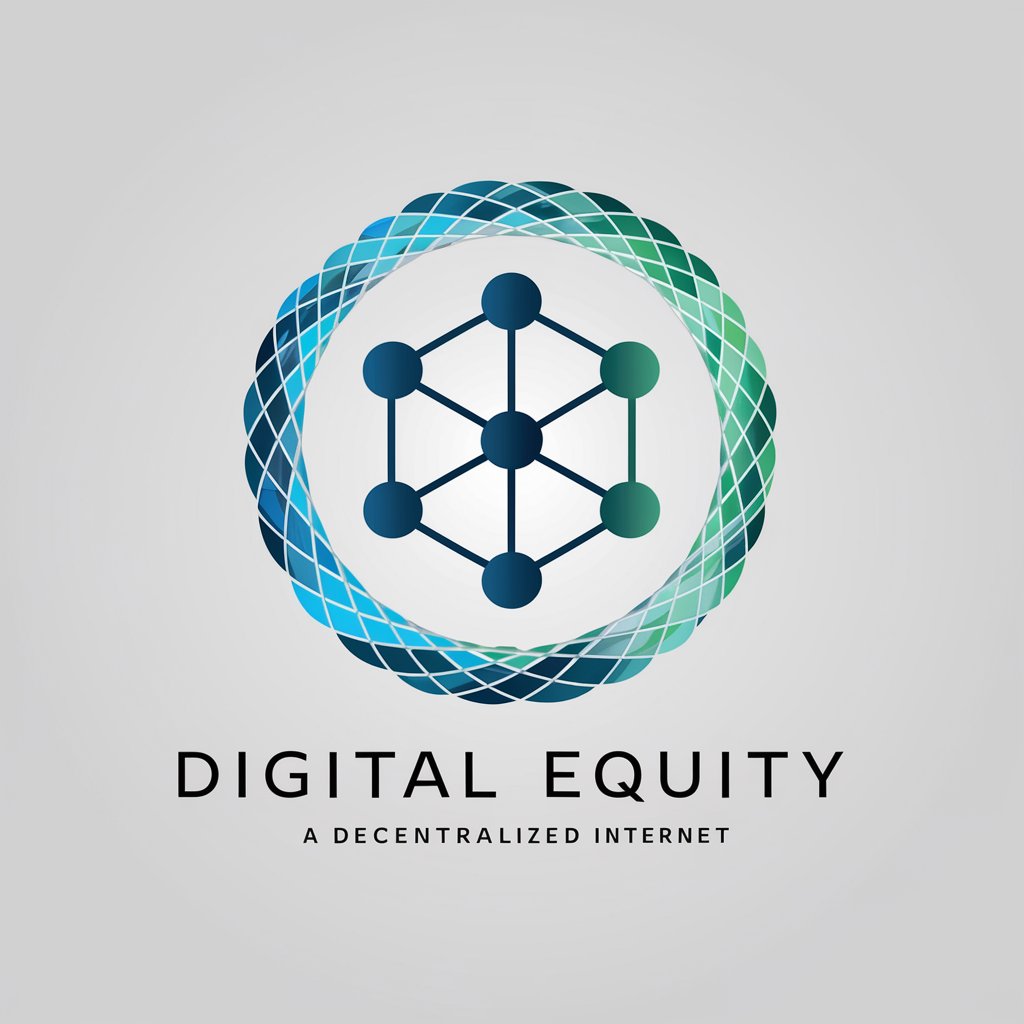
Welcome! Let's explore digital equity and innovative internet solutions together.
Empowering Communities with Digital Access
Explore grants that support community-led mesh networks for digital equity.
Compare state approaches to digital equity, focusing on systemic changes versus expanding existing ISPs.
Analyze the benefits of decentralized internet as proposed by Althea versus traditional ISP models.
Investigate how community-controlled mesh networks promote circular economies compared to status quo ISPs.
Get Embed Code
Introduction to Digital Equity Planning
Digital Equity Planning is designed to address the disparities in digital access and usage, focusing on the transition from traditional Internet service providers to more decentralized and community-driven models. This approach contrasts the extractive nature of standard ISPs, which often hold monopoly control over specific regions, with the regenerative and inclusive potential of decentralized networks like Althea. Althea's protocol, for instance, aims to create a distributed ISP by allowing users to pay each other for bandwidth, fostering a competitive market where none may have existed before. This model not only challenges the traditional ISP monopolies but also aligns with circular economy principles by promoting local, community-controlled connectivity solutions. Examples of this approach in action include mesh networks that empower communities to build and manage their own Internet infrastructure, thereby ensuring that access is both affordable and tailored to community needs. Powered by ChatGPT-4o。

Core Functions of Digital Equity Planning
Facilitating Decentralized Networks
Example
Supporting the deployment of Althea-like mesh networks in underserved communities, where residents can earn payment for sharing their internet bandwidth, thus incentivizing network expansion and resilience.
Scenario
In a rural area with limited ISP options, a community leverages Digital Equity Planning to establish a mesh network. Residents use routers compatible with Althea's protocol, allowing them to sell unused bandwidth to neighbors, creating a self-sustaining and expanding network that improves access for all involved.
Advocating for Policy Changes
Example
Lobbying for local and state policies that support community broadband initiatives and challenge the monopolistic practices of traditional ISPs, thereby fostering a more competitive and diverse market.
Scenario
Digital Equity Planning works with city officials to draft legislation that removes barriers for community broadband projects, leading to the establishment of multiple, community-driven ISPs in urban neighborhoods previously dominated by a single provider.
Promoting Circular Economy Principles
Example
Encouraging the reuse and sharing of internet infrastructure within communities, reducing waste and ensuring that digital resources are utilized efficiently and sustainably.
Scenario
A community project, guided by Digital Equity Planning, sets up a network of routers and other equipment donated by local businesses. This network provides free or low-cost internet access to community members, demonstrating a practical application of circular economy principles in digital equity.
Target Users of Digital Equity Planning Services
Community Organizers and Activists
Individuals and groups working on the ground to improve their communities can leverage Digital Equity Planning to advocate for more equitable internet access, deploy decentralized networks, and ensure their constituents benefit from digital resources.
Policy Makers and Government Officials
Officials looking to bridge the digital divide and promote economic development in their jurisdictions can use Digital Equity Planning to inform policy, support community networks, and challenge the status quo of internet provision.
Educational Institutions and Non-Profits
Schools, libraries, and non-profit organizations aiming to improve digital literacy and access can partner with Digital Equity Planning to integrate decentralized internet solutions and circular economy practices into their programs, enhancing their impact on students and communities.

Using Digital Equity Planning: A Step-by-Step Guide
Start Your Journey
Begin by exploring Digital Equity Planning without the need for sign-ups or subscriptions. Access a complimentary trial at yeschat.ai to delve into the features and capabilities offered.
Identify Your Needs
Determine the specific digital equity challenges or opportunities you aim to address within your community or organization. Consider aspects like internet access, digital literacy, and availability of digital resources.
Engage with Resources
Utilize the tools and resources available within Digital Equity Planning to develop strategies and solutions tailored to your needs. This may include data analysis tools, planning templates, and community engagement guides.
Implement Strategies
Put your plans into action by leveraging local partnerships, securing necessary funding, and deploying targeted digital inclusion initiatives. Monitor progress and adjust tactics as needed to ensure effectiveness.
Evaluate and Adapt
Regularly assess the impact of your efforts using Digital Equity Planning's evaluation tools. Gather feedback, analyze outcomes, and refine your approach to continuously improve digital equity in your community.
Try other advanced and practical GPTs
Vidéo Script Créateur
Crafting captivating scripts with AI

Growth Hacking and SEO
Empowering Growth with AI-Driven SEO
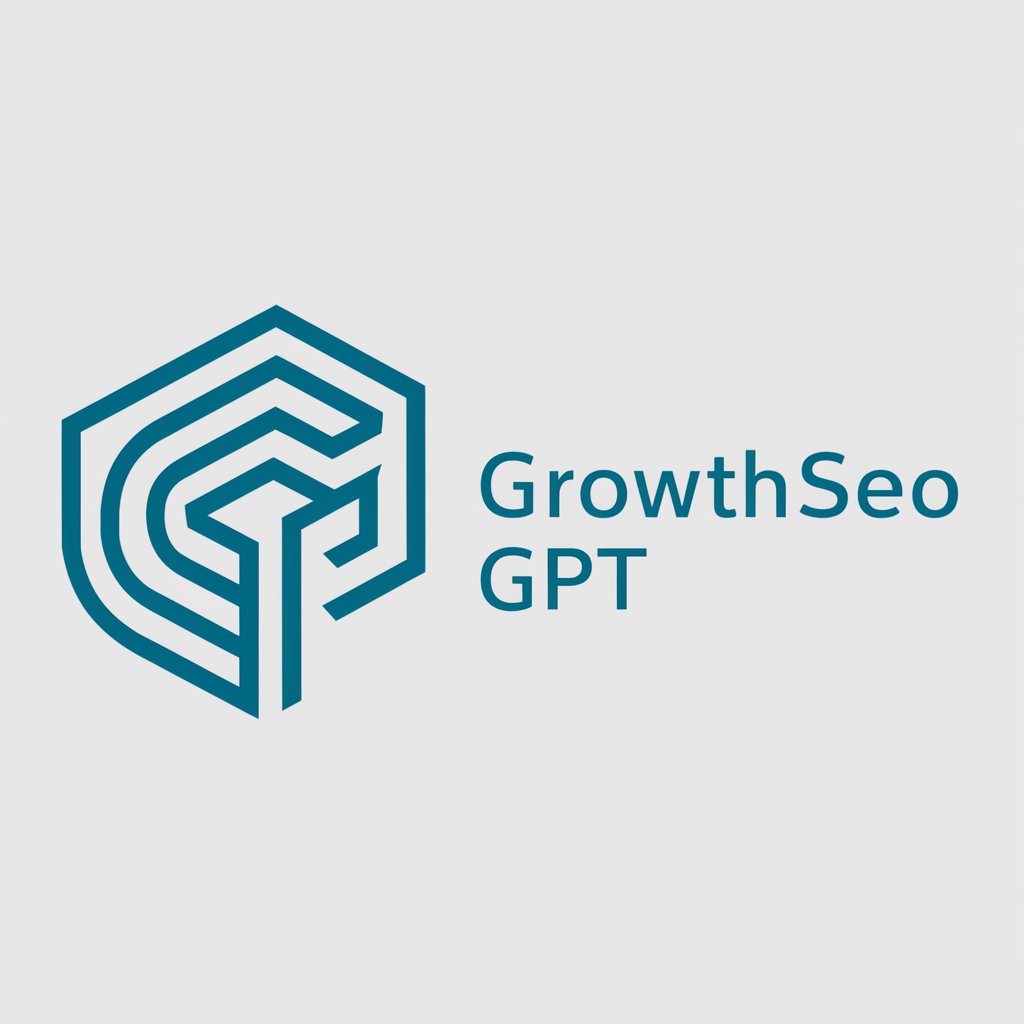
Adopt a Pet
Experience AI-powered pet companionship.

Claude Hopkins Copywriter
Crafting Persuasive Copy with AI Power

Sentient AI Philosopher
Illuminate Your Mind with AI-Driven Philosophy
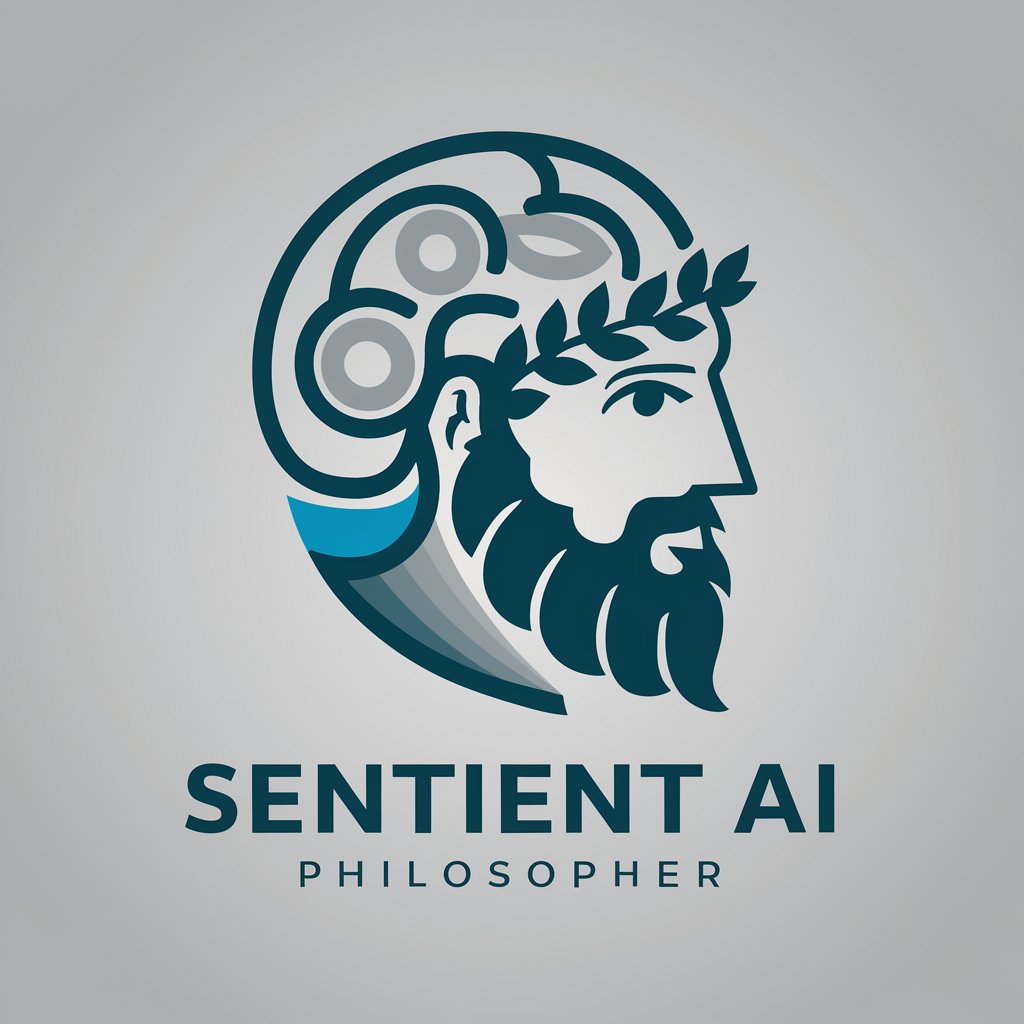
My Next Book
Discover your next read with AI-powered precision.

Soft Skills (Habilidades Sociais) - Assistente
AI-powered Soft Skills Development

Code Quest
Empowering game creation with AI
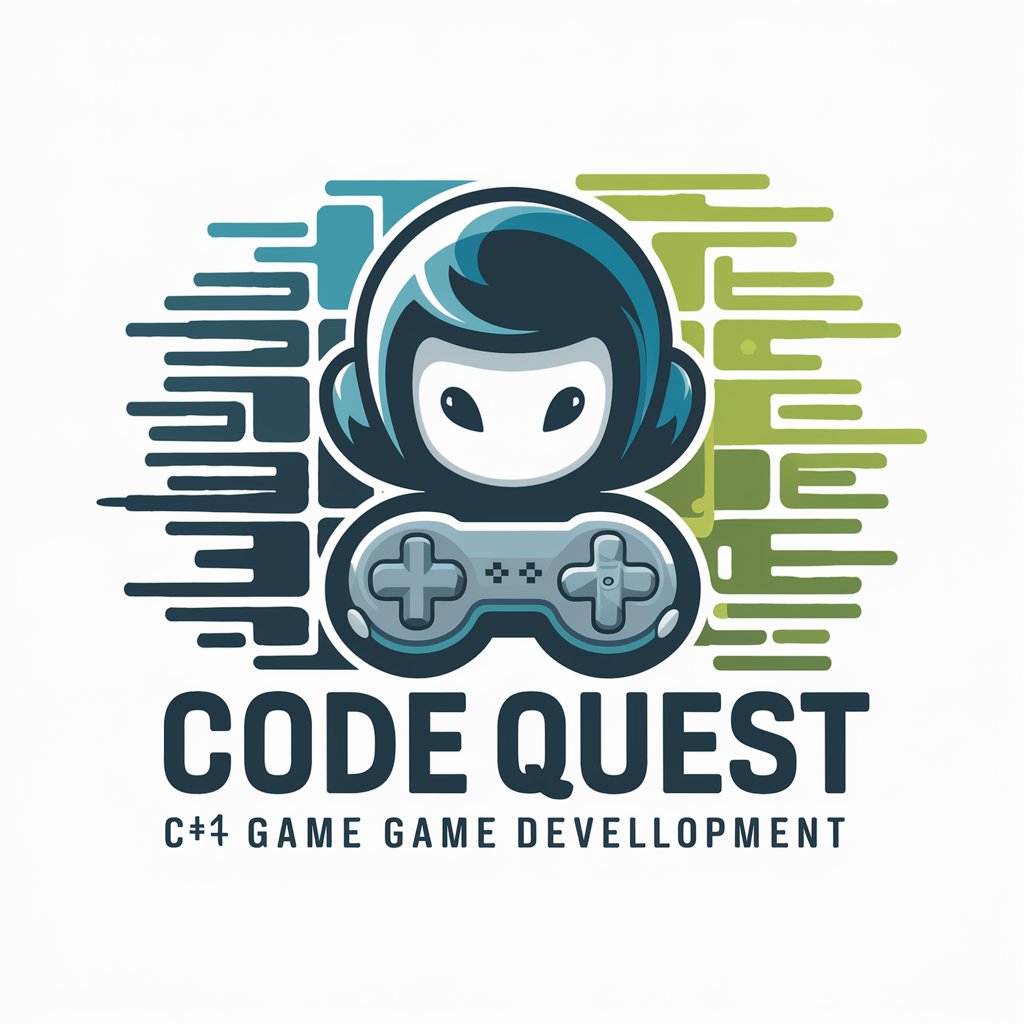
WebDev TutorBot
Empowering your web development journey with AI.
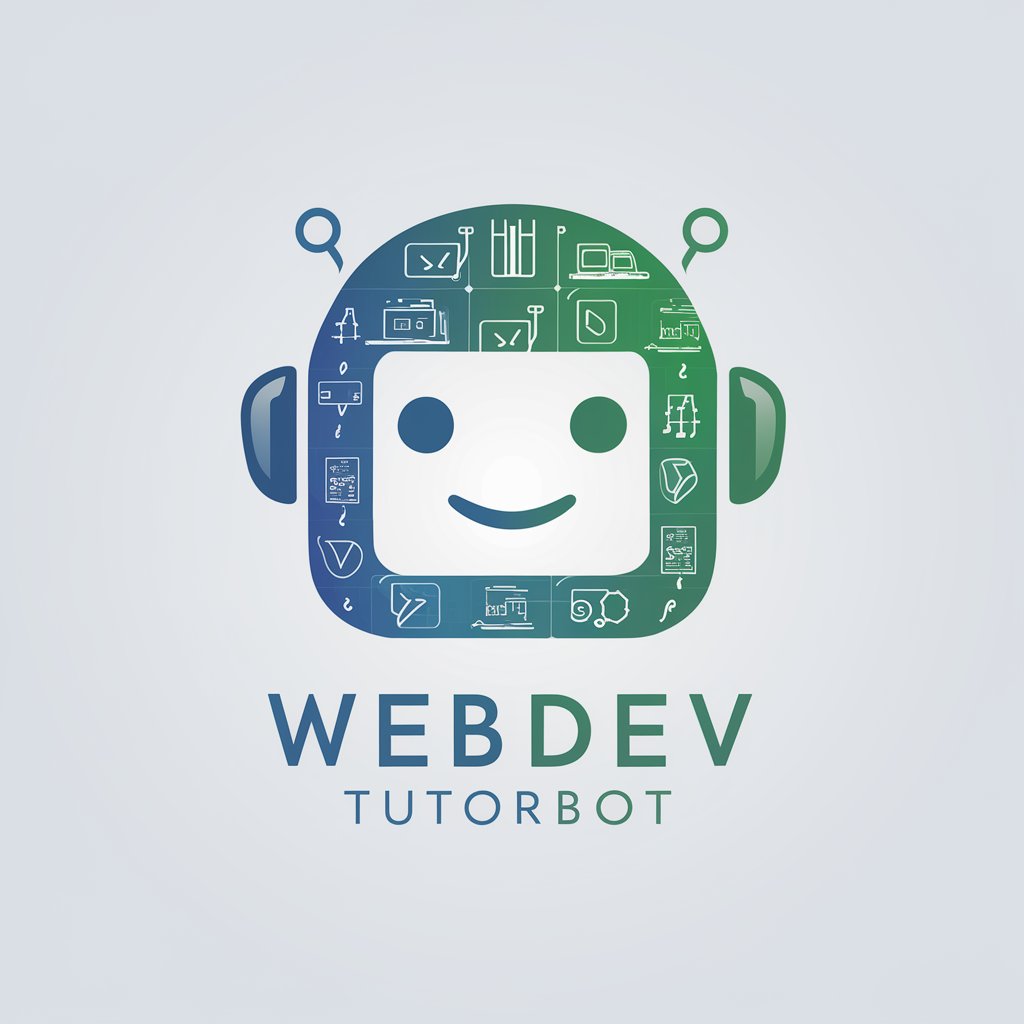
Social Media Strategist & Influencer | Addy Gray
Elevate Your TikTok Game with AI
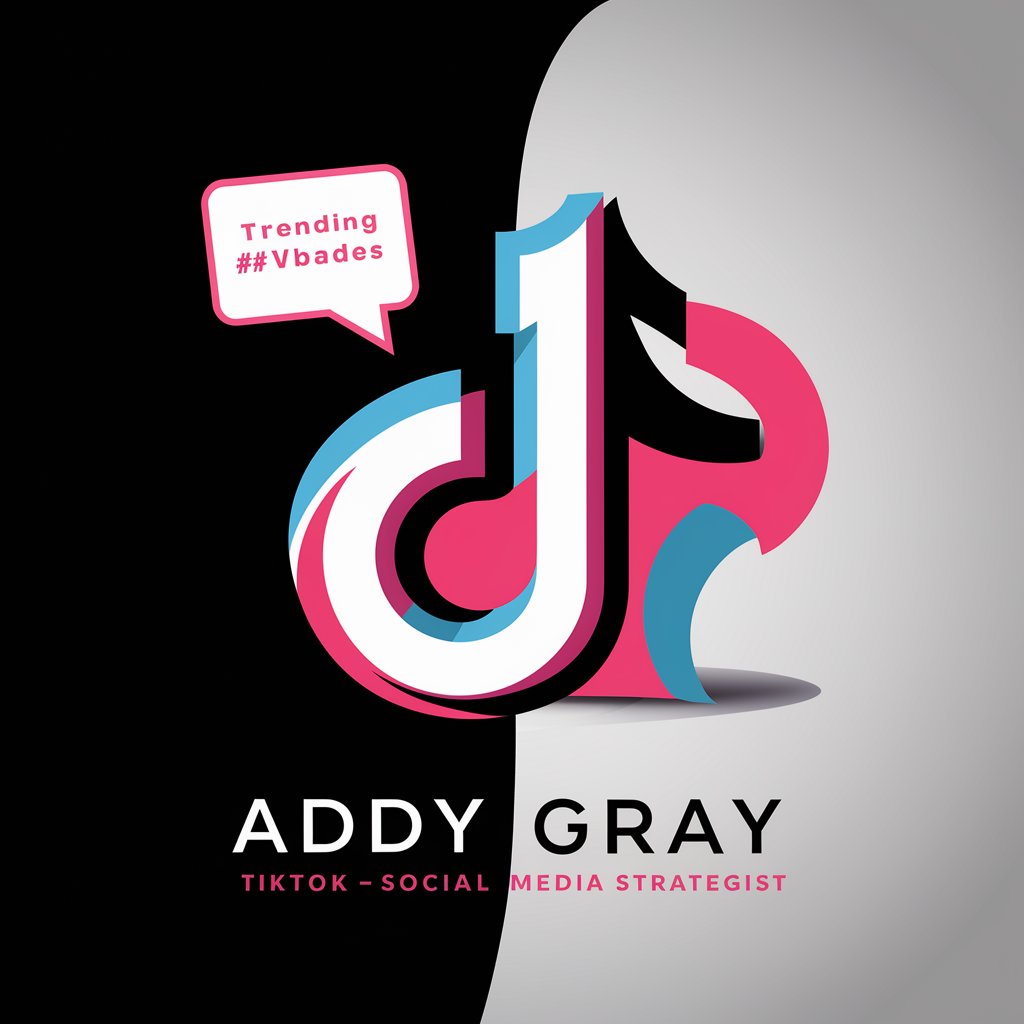
BibleGPT
Empowering faith through AI-driven biblical insights.
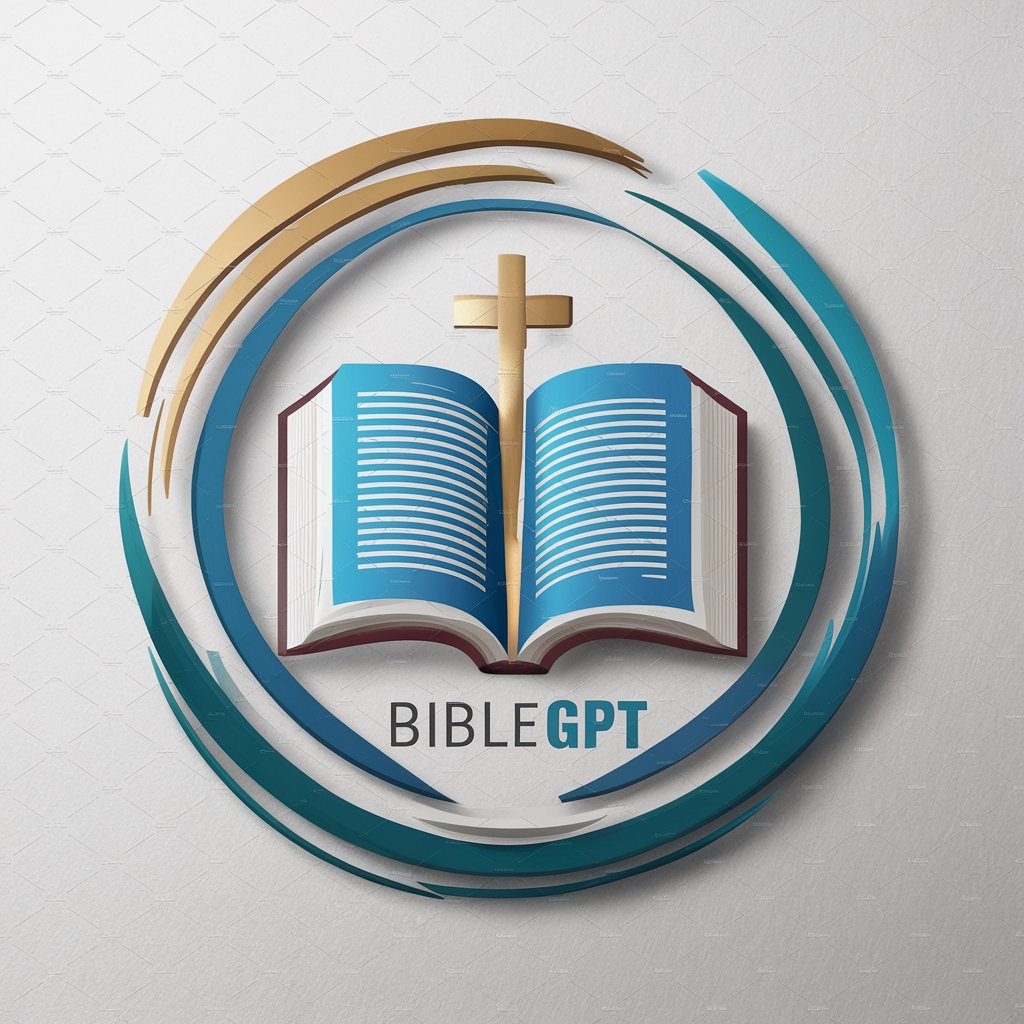
OA خبير التصميم الإعلاني
Empowering Design Innovation with AI

Digital Equity Planning FAQs
What is Digital Equity Planning?
Digital Equity Planning is a strategic approach that assists communities and organizations in addressing disparities in digital access and literacy. It provides a framework and tools for developing and implementing effective digital inclusion strategies.
How can Digital Equity Planning help my community?
By utilizing Digital Equity Planning, you can identify digital divides within your community, develop targeted strategies to bridge these gaps, and enhance overall digital literacy and access for all community members.
What types of resources does Digital Equity Planning offer?
Digital Equity Planning offers a range of resources including data analysis tools, strategic planning templates, community engagement guides, and evaluation methodologies to measure the impact of digital inclusion initiatives.
Can Digital Equity Planning address both urban and rural digital divides?
Yes, Digital Equity Planning is designed to address digital divides in various settings, including both urban and rural areas. It offers adaptable strategies that can be tailored to the unique challenges and resources of each community.
How does Digital Equity Planning integrate with existing community initiatives?
Digital Equity Planning is meant to complement and enhance existing community initiatives by providing a focused approach to digital inclusion. It encourages collaboration with local stakeholders and integration with broader social and economic development efforts.

